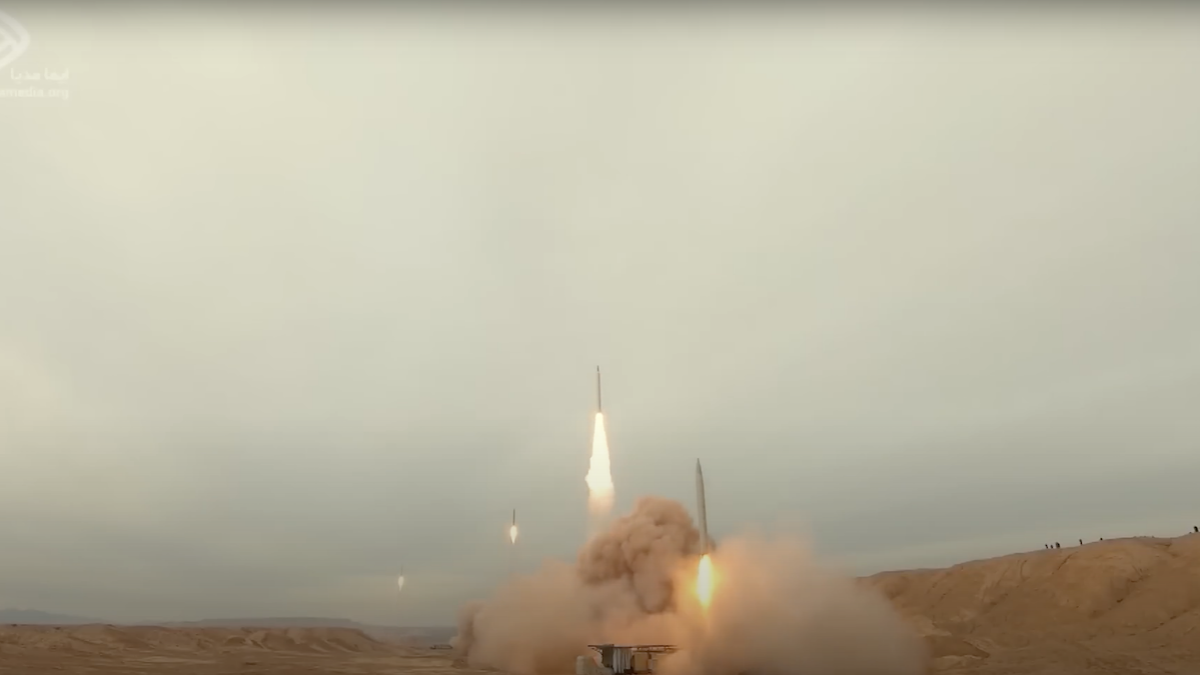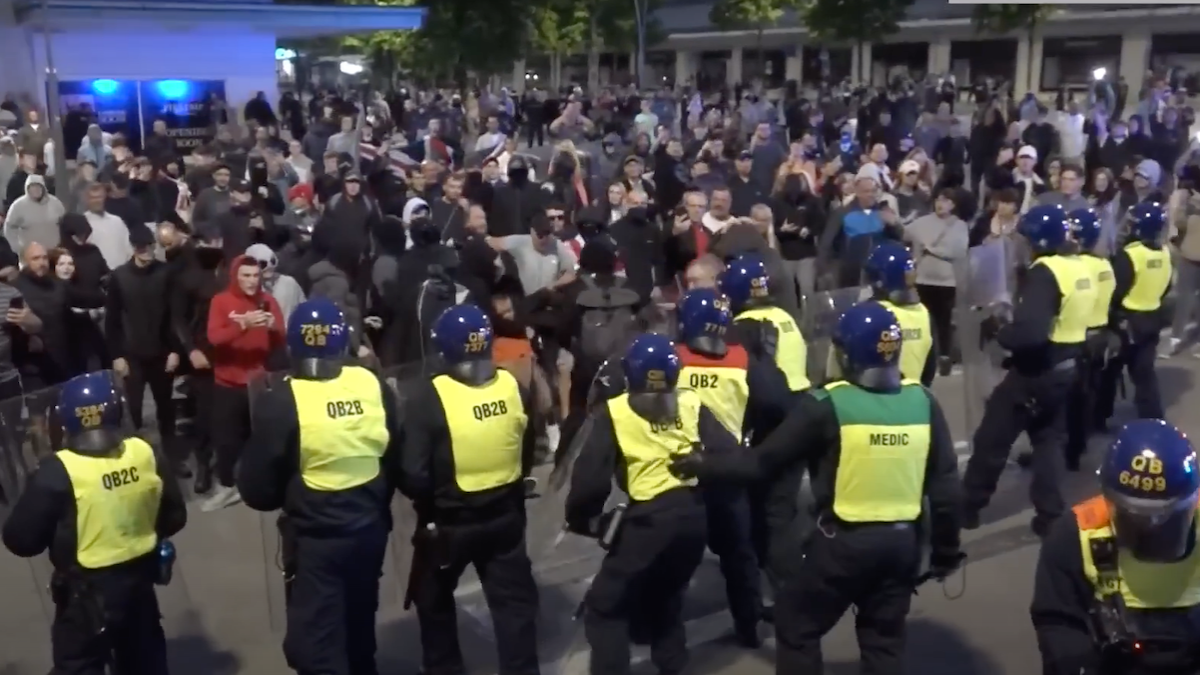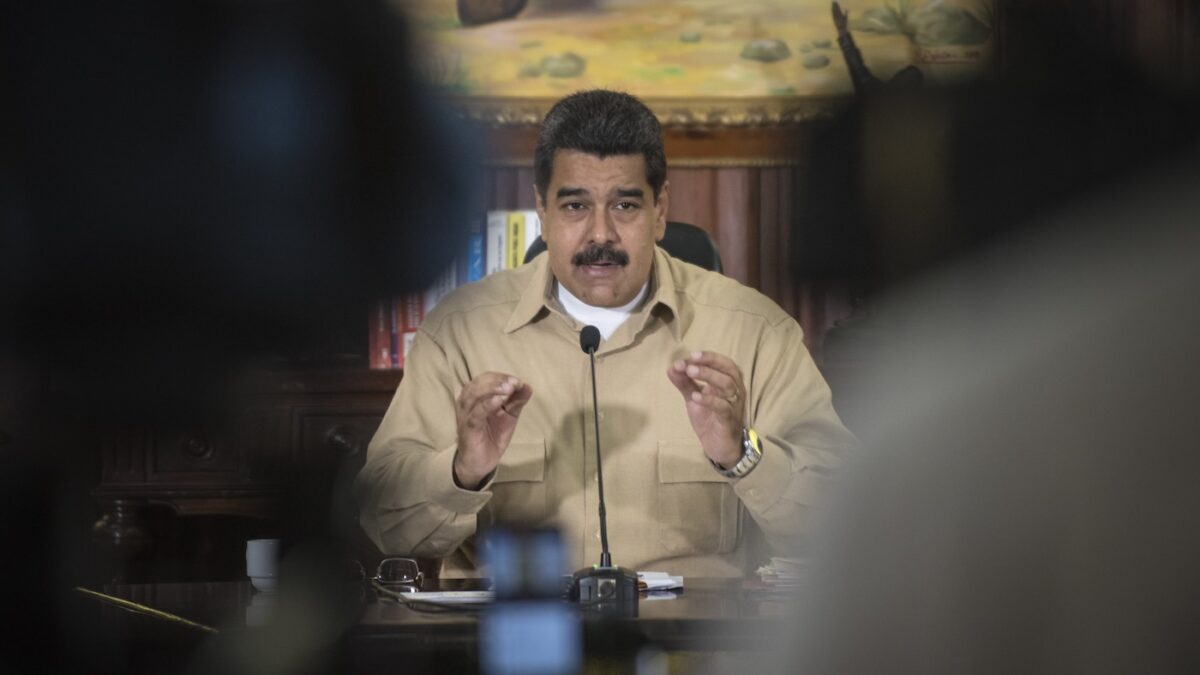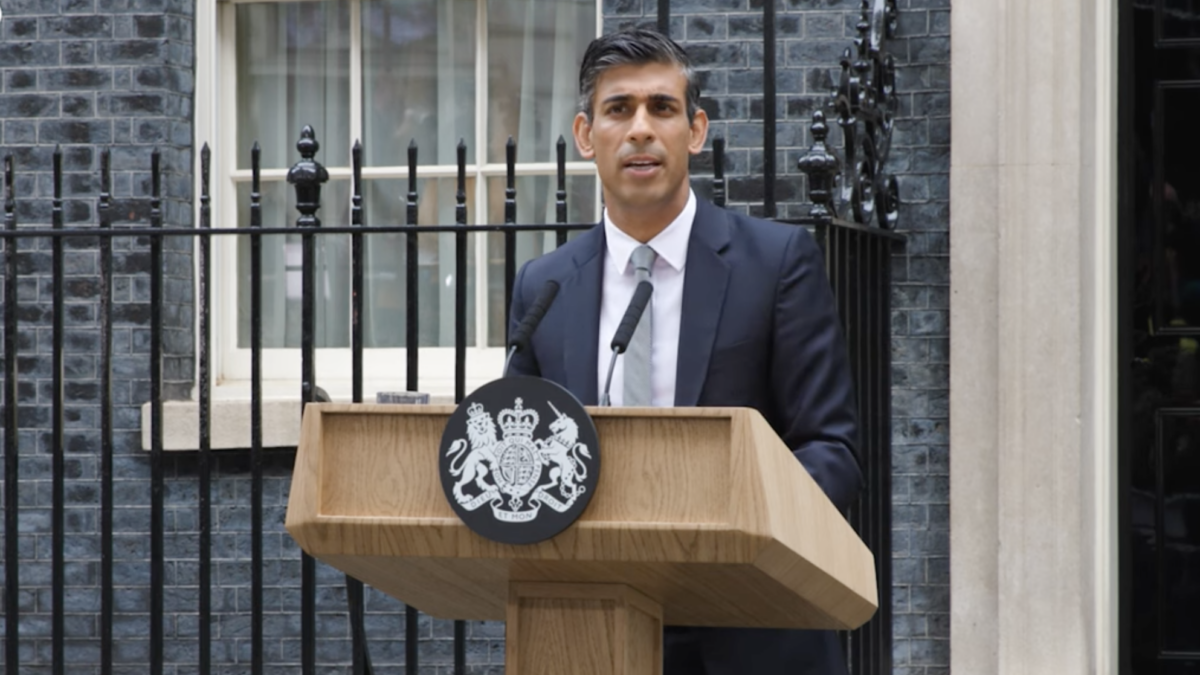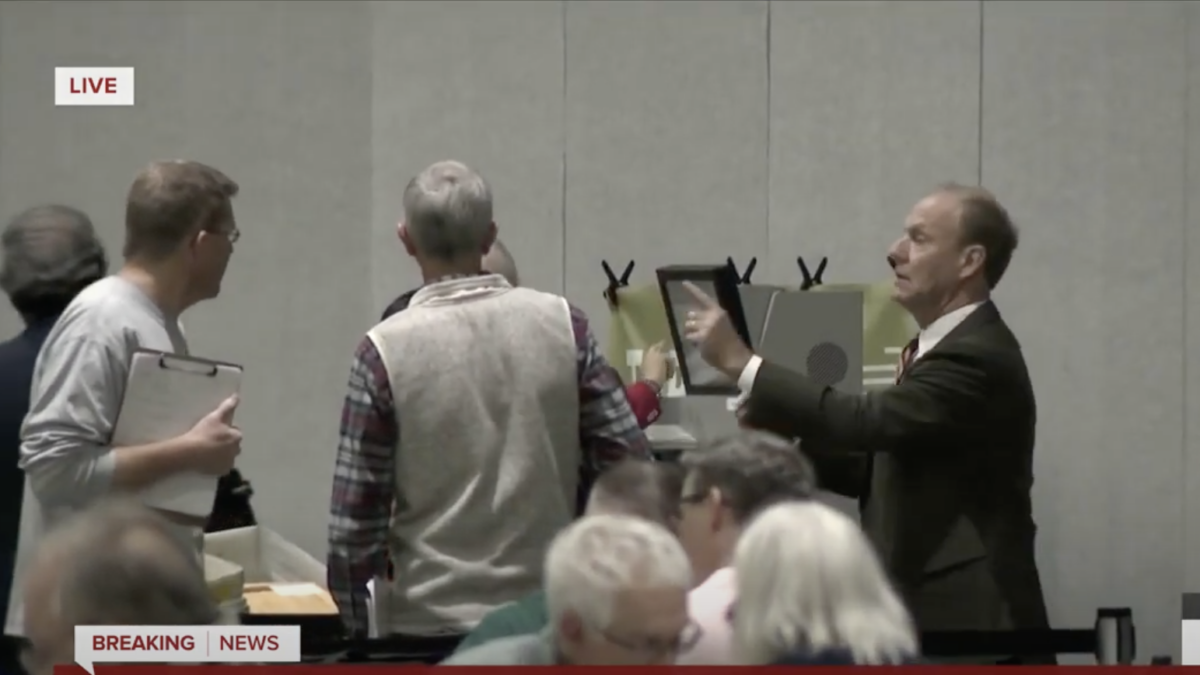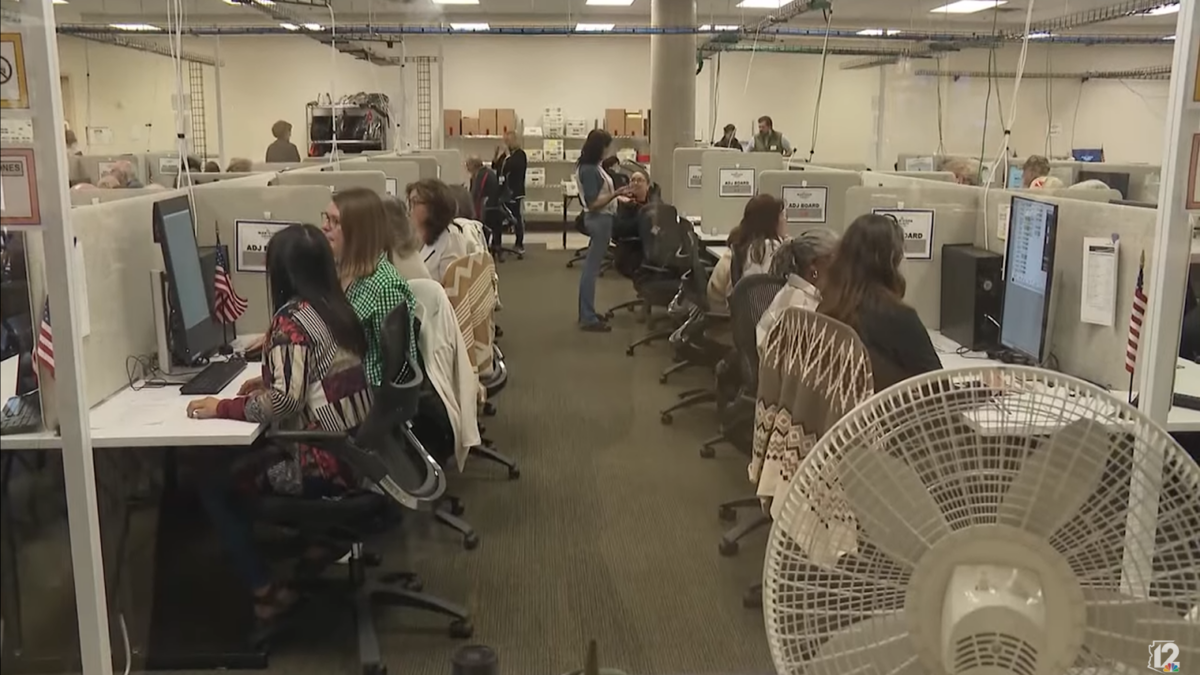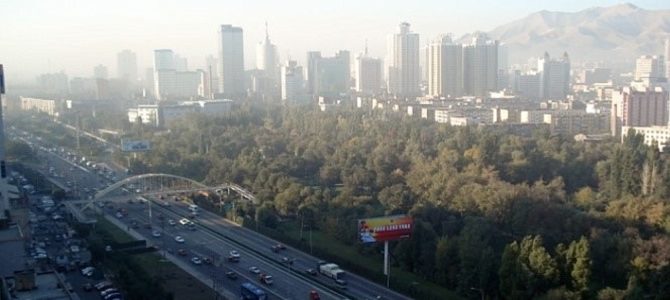
What if more than 1 million people, the entire population of a city the size of Philadelphia, just disappeared? What if, day by day, more friends and family simply didn’t come home? There’s no doubt we would notice — and we would demand answers.
Many in the United States are still unaware, however, that the Chinese government has systematically imprisoned an estimated 1.5 million ethnic Uighurs from its far northwest territory over the last five years. Positioned west of the vast Gobi Desert and within the Taklamakan Desert that itself is almost as large as Germany, who has ever heard of Xinjiang province, or its capital city, Urumqi, a place so remote as to earn the Guinness title of the most inland city on the planet?
You can’t get there by boat. The shortest train connection is more than 28 hours to Xian in central China. Travel by airline is the best bet, or you can opt for the traditional transportation method: camel.

A few years before the arrests began, I journeyed to the region and witnessed the clash of two worlds first-hand. Located on the famous Silk Road that connected East to West for 15 centuries, the conflict is encapsulated within the city of Urumqi, the political and economic center of China’s Xinjiang Uighurs Autonomous Region.
At first glance, the city bears a striking resemblance to the urban centers of America: tall, glistening buildings, high-capacity highways, beautiful hotels, and plenty of signs of commerce and industry (oil and mining are its mainstays). With a population of more than 2 million at the time, it was bustling with activity.
But in my last days there I traveled to the other side of the tracks to see the people hidden from view, the ones Chinese authorities would prefer didn’t exist.

In a mere 20-minute car ride, the view changed dramatically, from a scene of prosperity to obvious poverty. Fully grasping the dichotomy requires an understanding of the ever-present cultural and political forces that extend much deeper than even the harsh visual cues suggest. This is a tale of not only two cities within one, but of two peoples, two cultures, two religious views, and two different political statuses.

The Uighur people are believed to be indigenous to these lands, inhabitants of a series of oases found around the Taklamakan Desert. They are Turkic-speaking and Muslim by faith and identity. One of 55 ethnic minorities recognized by the Chinese government, they are a small group representing only 0.3 percent of China’s population, but with a significant presence in the Xinjiang region. I was told that they do not look like, sound like, or live like traditional Han Chinese — which is precisely the problem for China’s communist leaders.
Unlike the typical modern American university, the Chinese Communists do not view diversity as a strength. Solidarity with the party in every regard is considered vital to its control of its people and territory. Any religion other than devotion to the party is officially forbidden. Any culture that diverges is discouraged. Any political division is extinguished.

The Uighurs have never fit in. So the Chinese government sought a remedy.
A process of forced “assimilation” began in the 1930s, as Uighur street signs were replaced with Chinese names, Han cooks were imported, and even traditional carpet patterns were changed to erase any hint of their culture.
At the time, the city of Urumqi was nothing more than a remote outpost in the desert with a population of less than 100,000. In the years that followed, however, the Chinese government began a process of flooding the city with Han Chinese immigrants from the East. Its population is now over 4 million, having doubled in the last 20 years.

Still, it was not enough. Leaked documents show that Chinese President Xi Jinping, infuriated by uprisings and episodes of violence by Uighurs, directed officials in 2014 to “be as harsh as them and show them no mercy.” The new party leader in the region, Chen Quanquo, did just that, building detention camps across the region for a mass “re-education” effort, and ordering officials to “round up everyone who should be rounded up.” The goal was to obliterate the culture and beliefs of the Uighurs, all to be replaced with unquestioned loyalty to the state.
No one was exempt from the purge, not even the President of Xinjiang University, Tashpolat Teyip, a party official who objected to the mass arrests. I visited the school, a vibrant modern campus filled with bright, energetic students. It is a place to learn, but dissent from the state is not allowed, even by favored academics and party officials.

In 2017, Teyip was arrested at the Beijing airport, accused of being a “two-faced person.” Eventually, his name was removed from the school’s official list of past presidents. Kept at an unknown location, he was later convicted on a charge of “separatism” and sentenced to death (suspended for now).
Teyip is but one of more than 1 million to have “disappeared” into one of an estimated 1,200 camps. Students sometimes return home to find their families gone without explanation. A point system that rewards compliance has been put in place for the chance to earn the release of loved ones.
A few reports that have emerged from within the camps tell of horrific conditions and psychological and physical torture. A 31-year old Uighur man who had been a successful model was able to access his cellphone in a hospital in March and send videos and texts to family. He told of squalid conditions, of kids being beaten, of the sounds of a man screaming from morning to evening, and wearing shackles and a hood. After five days, the messages stopped.

A woman who escaped last year, Sayragul Sauytbay, told of gang rapes, forced abortions, crowded conditions, inadequate food, and torture. A doctor, now a refugee in Turkey, confirmed the details of reproductive abuse against women, including the practice of killing infants.
Zhenishan Berdibek told how “people are living in horror in these places” and watching young women being dragged away to solitary confinement. She said she “wanted to die inside the camp.”
An anonymous source posted a video last year showing blind-folded Uighur men with hands tied being moved at a train station in the northwest region, undercutting Chinese claims that the detention centers are simply vocational training schools. To prevent further embarrassment, Chinese authorities have worked to erase all digital evidence of the camps, including docs with satellite imagery, before citizen journalists could locate it online.
Some are pushed into forced labor factories where it is alleged that they produce goods for well-known companies such as Apple, Nike, Sony, BMW, and Volkswagen. Why does a shoe factory need watchtowers filled with police watching a barbed-wire perimeter?

The imprisonments continue to this day. Grieving families have no idea where their loved ones are, or if they are even alive.
Last Friday a group of Uighurs brought their message to the steps of the State Department in D.C., calling for action from the United States and the rest of the world. They seek an end to the horrific treatment of their people in China and freedom from the repressive Chinese government.
Thankfully, Congress and the Trump administration have been listening. The Uighur Human Rights Policy Act of 2020 was signed into law on June 17, requiring reporting on human rights abuses by the Chinese against the Uighurs and enabling sanctions against those responsible. Unsurprisingly, China denounced the legislation, saying it “wantonly smeared (their) counter-terrorism and de-radicalization efforts.”

I think of how Urumqi, the two cities within one, must be very different today. I wonder about the people on the other side of the tracks. Where are they now?
On the day of my visit to the Uighur community, I photographed the faces of those going about their lives. They were selling food, shoes, and other wares. Men gathered to play board games and talk outside the local meat market. A father and son were busy cooking for passersby on an open grill.

A mother walking kids home. An elderly man begging for money. One man resting on a motorcycle and wearing the traditional taqiyah stared at me with an unforgettable intensity, leaving me wondering to this day if he was just curious about a Westerner being there or if he held, like some, to a mystic belief that having a picture taken would steal the soul.
As I left the neighborhood, two small Han children approached from across the street wearing their school backpacks. One sported with a bright Mickey Mouse shirt, not unlike clothing my kids might have worn.

Clean and well-fed, children like these are to be the future of Urumqi. The government will mandate it.
As youngsters, they will sing songs of praise to Xi. As they grow they will be educated in socialist values and emerge with a firm understanding of the system’s achievements in eradicating poverty. Along the way, they will learn that the kids across the street, the ones who look different, who speak differently, who eat different food, are a danger to the nation, and that sometimes harsh measures must be taken.


